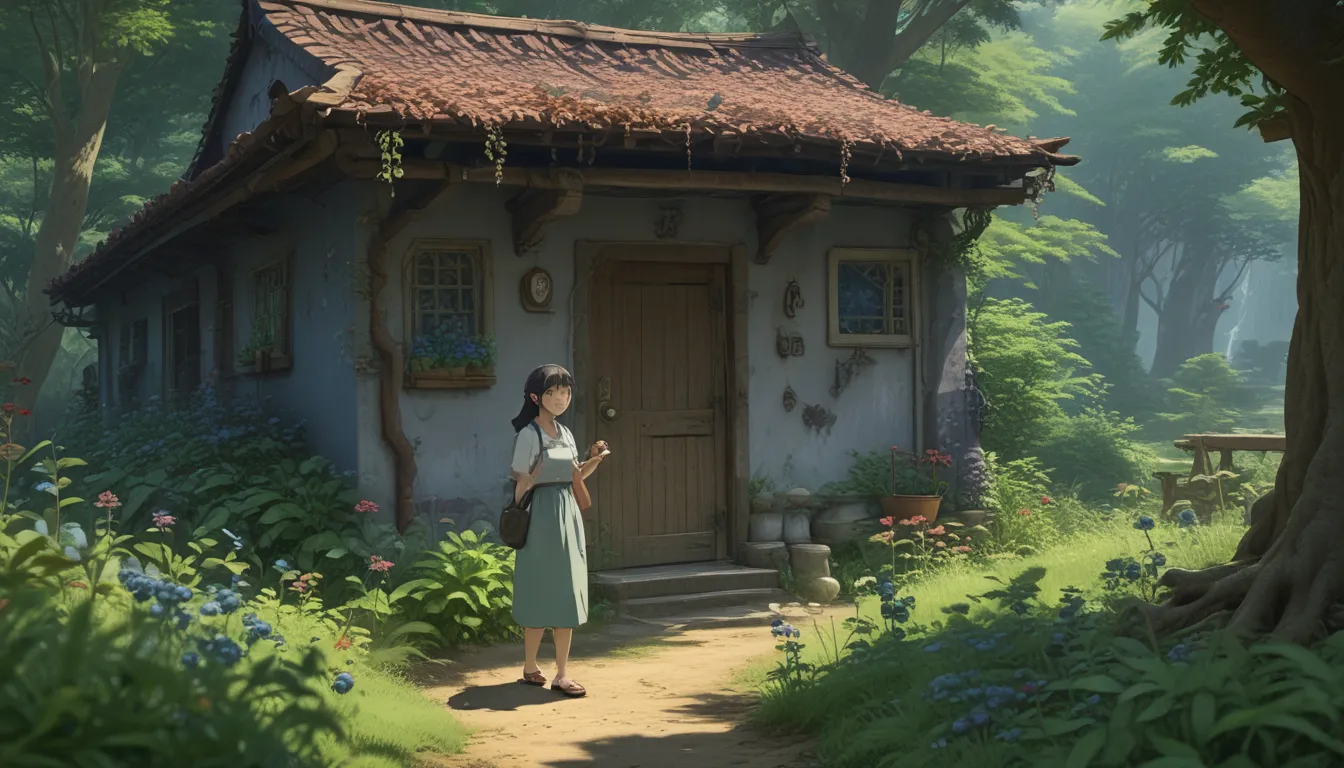Protecting Your Blueberries: Effective Methods to Keep Birds Away

Are you tired of watching your hard-earned blueberries disappear into the beaks of birds? You’re not alone. The moment your berries ripen, hungry birds swoop down to feast on the fruits of your labor. But fear not, there are ways to protect your blueberries and enjoy them yourself.
The Birds to Watch For
Before diving into protection methods, it’s important to know which birds are the primary culprits. Starlings, robins, house finches, and red-winged blackbirds are the usual suspects when it comes to snacking on blueberries. These birds can cause significant yield losses and leave your bushes stripped bare.
Physical Barriers: The Ultimate Defense
If you’re looking for a foolproof way to protect your blueberries, netting is the answer. Using a three-quarter inch mesh netting, create a physical barrier between your berries and the birds. Make sure to keep the netting raised eight to 12 inches off the ground to prevent snakes from getting tangled.
How to Install Netting:
- Use small mesh netting to exclude all bird types.
- Keep the netting elevated to discourage landing and pecking.
- Use stakes or poles to support the netting over the plants.
Visual and Auditory Options: Scaring Away the Birds
Visual and auditory tactics can be effective in deterring birds from your blueberry bushes. Shiny tape, hawk-shaped kites, and terror eye balloons can be used to intimidate birds and keep them at bay. Pair these visual deterrents with loud noises, distress calls, and predator calls for added protection.
Tips for Visual and Auditory Deterrents:
- Use a combination of shiny objects and loud noises.
- Move deterrents regularly to prevent birds from becoming accustomed.
- Check local regulations before using loud deterrents to avoid disturbances.
Repellents: Making Your Blueberries Less Appetizing
If physical barriers and visual deterrents aren’t enough, consider using repellents to make your blueberries unappealing to birds. Methyl anthranilate, the compound responsible for the grape flavor in Kool-Aid, can be sprayed on plants to repel birds. Additionally, sucrose can be used as a repellent to deter fruit-eating birds.
DIY Repellent Recipes:
- Mix grape Kool-Aid with water to create a bird repellent spray.
- Boil sugar and water to create a sucrose spray solution.
Predators: The Natural Solution
Introducing natural predators like falcons can help keep birds away from your blueberries. By attracting raptors such as the American kestrel to your area, you can create a natural deterrent for fruit-eating birds. Building nesting boxes for kestrels and monitoring their use can help protect your blueberries.
Tips for Attracting Predators:
- Install nesting boxes for raptors at a height of 10 to 30 feet.
- Monitor nesting boxes for unwanted guests like starlings.
- Encourage neighbors to participate in attracting predators to the area.
Conclusion
Protecting your blueberries from birds requires a combination of strategies including physical barriers, visual and auditory deterrents, repellents, and predators. By implementing these methods, you can enjoy your homegrown berries without having to share with the local avian population.
Have you found a successful method for keeping birds away from your blueberries? Share your tips in the comments below!
For more information on growing blueberries, check out our other guides:
- How to Grow Blueberries
- Harvesting Perfectly Ripe Blueberries
- Transplanting Blueberries
- Growing Blueberries in Containers
Remember, with the right protection measures in place, you can savor the sweet taste of your blueberries all season long.





